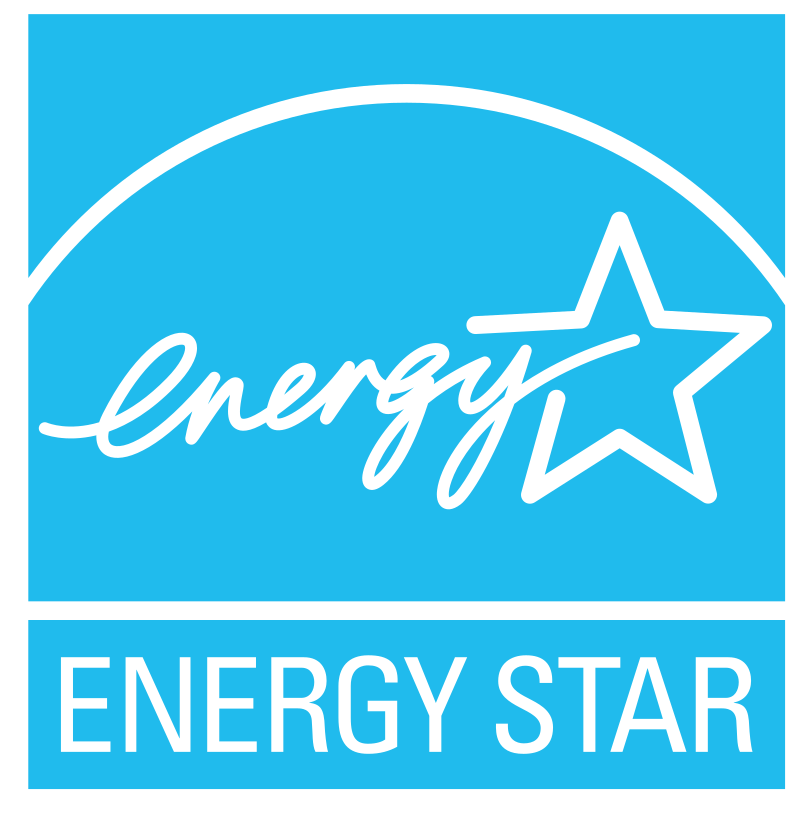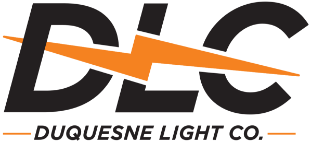Helpful Definitions
Below are definitions of some of the terminology related to the Inflation Reduction Act (IRA) of 2022.
AFUE (Annual Fuel Utilization Efficiency)
A rating that denotes the efficiency of gas heating equipment. It is the amount of heating your equipment delivers for every dollar spent on fuel. A higher rating indicates more efficient equipment.
Alternative Energy Portfolio Standards Act of 2004 (AEPS)
Generally, the AEPS Act requires that electric distribution companies and electric generation suppliers include a specific percentage of electricity from alternative resources in the generation that they sell to Pennsylvania customers.
Cold Climate Heat Pump
“ENERGY STAR cold climate” heat pumps are optimized for heating and cooling in colder temperatures. They heat more effectively in colder temperatures than conventional air source heat pumps because conventional heat pumps typically lose significant heating capacity at colder temperatures.
EER2 (Energy Efficiency Ratio 2)
The ratio of the average rate of space cooling delivered to the average rate of electrical energy consumed by the air conditioner or heat pump. This ratio is expressed in British Thermal Units per Watt-hour (Btu/Wh). EER2 replaced the outdated EER rating in January 2023, but you will continue to see both used as the industry switches to the new rating.
ENERGY STAR Certified Products
Products found in more than 75 different certified product categories that meet strict energy efficiency specifications to save you energy and money and help protect the environment. Many of the IRA tax credits require the purchase and installation of ENERGY STAR certified products. Please note, however, that not all ENERGY STAR certified products qualify for an IRA tax credit.

HSPF2 (Heating Seasonal Performance Factor 2)
The total space heating required during the space heating season expressed in Btu (a measure of heat), divided by the total electrical energy consumed by the heat pump system during the same season. This ratio is expressed in British Thermal Units per Watt-hour (Btu/Wh). HSPF2 replaced the outdated HSPF rating in January 2023, but you will continue to see both used as the industry switches to the new rating.
Home Electrification and Appliance Rebates (HEAR)
Set out in Sec. 50122 of the IRA awards are grants to State energy offices to develop and implement point-of-sale consumer discount programs at the state level. HEAR rebates (also referred to as “upfront discounts”) will cover 100% of electrification project costs (up to a stated maximum) for low-income households and 50% of costs (up to a stated maximum) for moderate-income households. Pennsylvania has been allocated over $259 million for these rebates.
Kilowatt (kW)
One thousand watts.
Kilowatt-hour (kWh)
A measure of electricity defined as a unit of work or energy, measured as 1 kilowatt (1,000 watts) of power expended for 1 hour.
Level 1/Level 2 Electric Vehicle (EV) Chargers

EVs can be charged using electric vehicle service equipment operating at different charging speeds. Level 1 equipment provides charging through a common residential 120-volt (120V) AC outlet. Level 1 chargers can take 40-50+ hours to charge a Battery Electric Vehicle (BEV) to 80% from empty and 5-6 hours for a Plug-In Hybrid Electric Vehicle (PHEV). Level 2 equipment offers higher-rate AC charging through 240V (in residential applications) or 208V (in commercial applications) electrical service, and is common for home, workplace and public charging. Level 2 chargers can charge a BEV to 80% from empty in 4-10 hours and a PHEV in 1-2 hours.
Manufacturer’s Certification Statement
A signed statement from the manufacturer certifying that the product or component qualifies for the IRA tax credit. The IRS encourages manufacturers to provide these Certifications on their website to facilitate identification of qualified products. Taxpayers must keep a copy of the Certification Statement for their records, but do not have to submit a copy with their tax return.
Market Rate
Market rate options and energy savings opportunities are available to Duquesne Light Company customers. These opportunities consist primarily of federal income tax credits and Act 129 rebates. Additional opportunities may be available for Income Qualified customers.
National Electrical Code (NEC)
The NEC is a widely adopted model code for the installation of electrical components and systems. Its purpose is to safeguard persons and property from hazards arising from the use of electricity. Improving the safety of electrical installations through participation in the NEC revision process is one of the strategies employed to reduce potential electrical fire and shock hazards.
SEER2 (Seasonal Energy Efficiency Ratio 2)
The total heat removed from the conditioned space during the annual cooling season, expressed in Btu (a measure of heat), divided by the total electrical energy consumed by the air conditioner or heat pump during the same season. This ratio is expressed in British Thermal Units per Watt-hour (Btu/Wh). The higher the rating, the more energy efficient the equipment is. SEER2 replaced the outdated SEER rating in January 2023, but you will continue to see both used as the industry switches to the new rating.
Solar Rating and Certification Corporation (SRCC)
The SRCC is an independent third-party certification entity. It currently administers a certification, rating and labeling program for solar collectors and a similar program for complete solar water heating systems.
Split System & Package System
A central air conditioner (or heat pump) is either a split-system unit or a packaged unit. The majority of consumers have split systems in their homes.
A split system is any air conditioner or heat pump that has at least two separate assemblies that are connected with refrigerant piping when installed. One of these assemblies includes an indoor coil that exchanges heat with the indoor air to provide heating or cooling, while one of the others includes an outdoor coil that exchanges heat with the outdoor air.
If your home already has a furnace but no air conditioner, a split system is the most economical central air conditioner to install.
A single package unit is an air source heat pump or central air conditioner that has all major assemblies (evaporator coil, condenser and compressor) enclosed in a single cabinet, usually placed on a roof or a concrete slab next to the house’s foundation. This type of air conditioner also is used in small commercial buildings. Air supply and return ducts come from indoors through the home’s exterior wall or roof to connect with the packaged air conditioner. Packaged air conditioners often include electric heating coils or a natural gas furnace. This combination of air conditioner and central heater eliminates the need for a separate furnace indoors.
Uniform Energy Factor (UEF)
The newest measure of water heater overall efficiency. The higher the UEF value, the more efficient the water heater.
Watt (W)
The unit of electrical power equal to one ampere under a pressure of one volt. A Watt is equal to 1/746 horsepower.
Watt-hour (Wh)
A measure of electricity defined as a unit of work or energy, measured as 1 watt of power expended for 1 hour.
